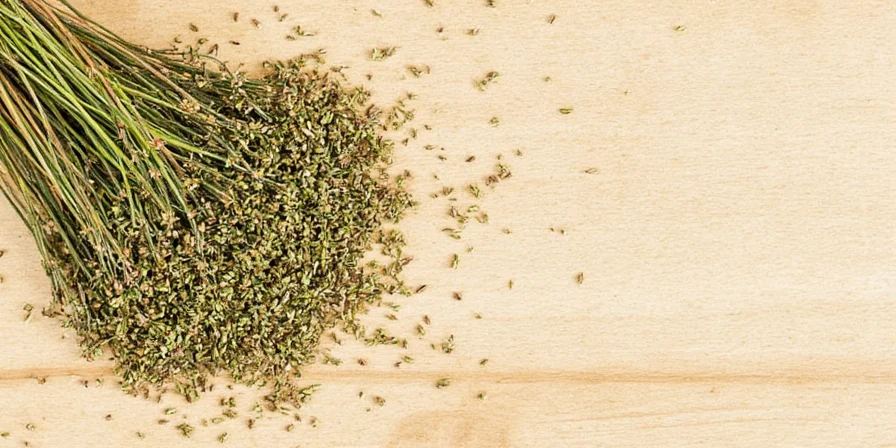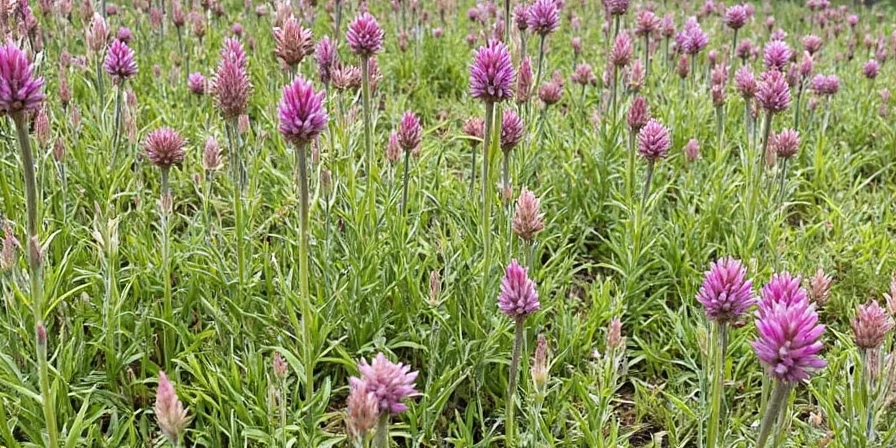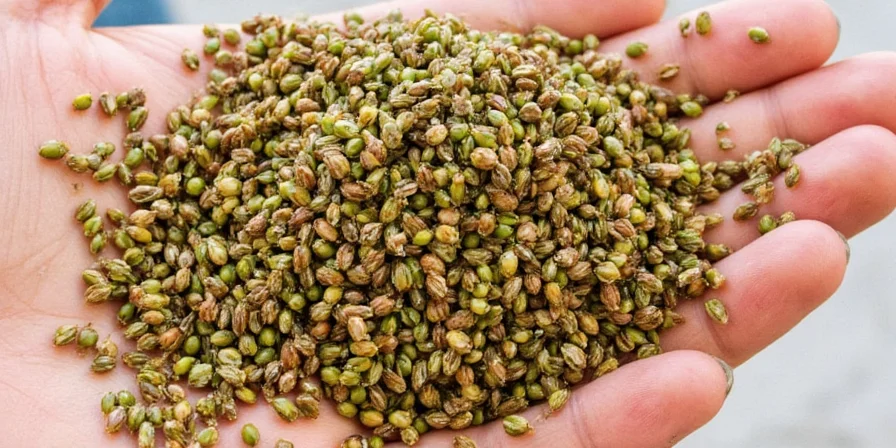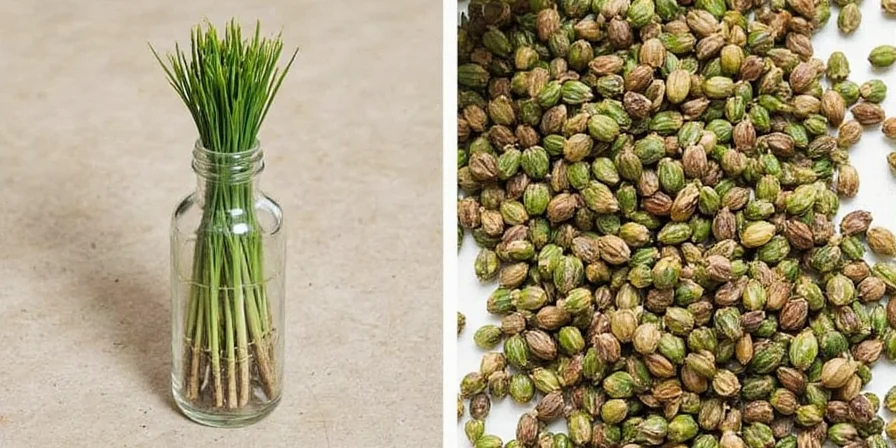Chives are edible green herbs from the Allium family, related to onions and garlic but with a much milder flavor. They're long, hollow green stalks commonly used as garnish or flavor enhancer in dishes like potatoes, eggs, and salads. Unlike stronger alliums, chives provide subtle onion notes without overwhelming pungency. In this guide, you'll discover practical ways to select, store, use, and grow chives - plus science-backed techniques to maximize their flavor impact in everyday cooking.
What You'll Learn
- What chives actually are (and common misconceptions)
- 3 simplest ways to use chives in everyday cooking
- Fresh vs dried chives: When to use each
- How to grow chives at home (even indoors)
- Proven storage methods for maximum freshness
- 4 common mistakes that ruin chive flavor
- Quick answers to top chive questions

What Are Chives? (Simple Explanation)
Chives are the most delicate member of the onion family with two main varieties:
- Common chives - Thin hollow green stems with mild onion flavor, perfect for garnishing
- Garlic chives - Flat leaves with garlic notes, essential in Asian dishes
Unlike onions or garlic, chives shouldn't be cooked extensively. Their flavor compounds degrade quickly with heat, which is why chefs add them during the final plating stage for maximum impact. This explains why your chives might taste weak if added too early in cooking.
3 Simple Ways to Use Chives (For Beginners)
Start with these foolproof applications before exploring advanced techniques:
- As garnish: Sprinkle chopped chives over baked potatoes, soups, or scrambled eggs just before serving
- In egg dishes: Mix into omelets or frittatas during the last minute of cooking
- With dairy: Stir into sour cream or cream cheese for instant dip or spread

Fresh vs Dried Chives: When to Use Each
Understanding this difference solves most chive-related flavor problems. Here's a practical comparison:
| When to Use | Fresh Chives | Dried Chives |
|---|---|---|
| Best Applications | Final garnish, cold dishes, last-minute additions | Long-cooking dishes, soups, stews |
| Quantity Needed | 1 tablespoon fresh = 1 teaspoon dried | 3x less than fresh for equivalent flavor |
| Flavor Duration | Loses potency within 5 minutes of cutting | Stable throughout cooking |
| Cost Comparison | $4.50 per ounce (use sparingly) | $1.20 per ounce (more economical) |
How to Grow Chives at Home (Even Indoors)
Forget expensive store-bought chives. Grow your own with these simple steps:
- Container: Any pot with drainage holes (10-12 inches deep)
- Soil: Regular potting mix with 30% perlite for drainage
- Light: 6+ hours of sunlight daily (south-facing window works)
- Watering: Keep soil moist but not soggy (about 1 inch per week)
- Harvesting: Cut leaves to 2 inches above soil when 6+ inches tall
Pro tip: Chives regrow every 3-4 weeks. Harvest in the morning for best flavor. During winter, move pots near a sunny window for year-round supply.

How to Store Chives Properly (14-Day Freshness)
Store-bought chives often wilt within days. Extend freshness with these methods:
- Refrigerator method: Wrap in damp paper towel, place in perforated container at 32°F (0°C)
- Water method: Stand stems in 1/2 inch of water (like flowers), cover loosely with bag
- Freezing: Chop finely, mix with water or oil, freeze in ice cube trays
Avoid these common mistakes that make chives wilt faster:
- Washing before storage (adds excess moisture)
- Storing in sealed plastic bags (traps ethylene gas)
- Keeping near ethylene-producing fruits (apples, bananas)
4 Common Mistakes That Ruin Chive Flavor
Professional chefs avoid these errors that make chives taste weak or bitter:
- Cutting chives too far in advance: Flavor degrades 70% within 20 minutes of cutting
- Using thick stems: Mature stems become bitter; select pencil-thin specimens
- Adding too early in cooking: Heat destroys volatile compounds within 90 seconds
- Improper washing: Soaking submerges stems; use mist spray instead

Quick Answers to Top Chive Questions
What's the difference between chives and green onions?
Chives are thinner, hollow, and milder with no bulb. Green onions have white bulbs and stronger flavor.
Can I substitute chives for green onions?
Yes, but use 3x more chives for similar flavor impact. Best for garnishing, not cooking.
Why do my chives taste bitter?
Thick stems develop lignin. Harvest only pencil-thin specimens (1/8 inch diameter).
Can I regrow store-bought chives?
Yes! Place root ends in 1/2 inch water for 48 hours, then transplant to soil.
Do chives have health benefits?
Yes: rich in vitamin K (27% daily value per tbsp), antioxidants, and digestive fibers.
Putting It All Together: Simple Chive Strategy
For best results: Buy fresh chives with firm, bright green stems. Store properly using the damp paper towel method. Chop just before use with a sharp knife. Add during the final plating stage for maximum flavor. Grow your own for continuous supply with minimal effort. Remember - true chive mastery comes not from quantity, but from precise timing at the end of cooking. With these simple techniques, you'll consistently get the fresh, delicate onion flavor that makes chives special.











 浙公网安备
33010002000092号
浙公网安备
33010002000092号 浙B2-20120091-4
浙B2-20120091-4